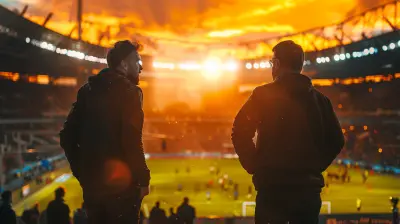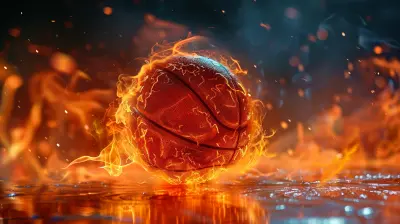Trade Shockwaves: When Fan Favorites Are Sent Packing
7 July 2025
Trades—one of the most exciting yet gut-wrenching aspects of professional sports. One minute, you're cheering for your favorite player in your team’s jersey, and the next, they’re suiting up for a rival. It’s a heartbreaking reality that fans face time and time again. But why does it hurt so much? And how do these trades impact teams, players, and the loyal supporters watching from the sidelines?
Let’s dive into the emotional whirlwind of seeing fan-favorite athletes shipped off, the reasoning behind these blockbuster moves, and the ripple effects they leave behind.
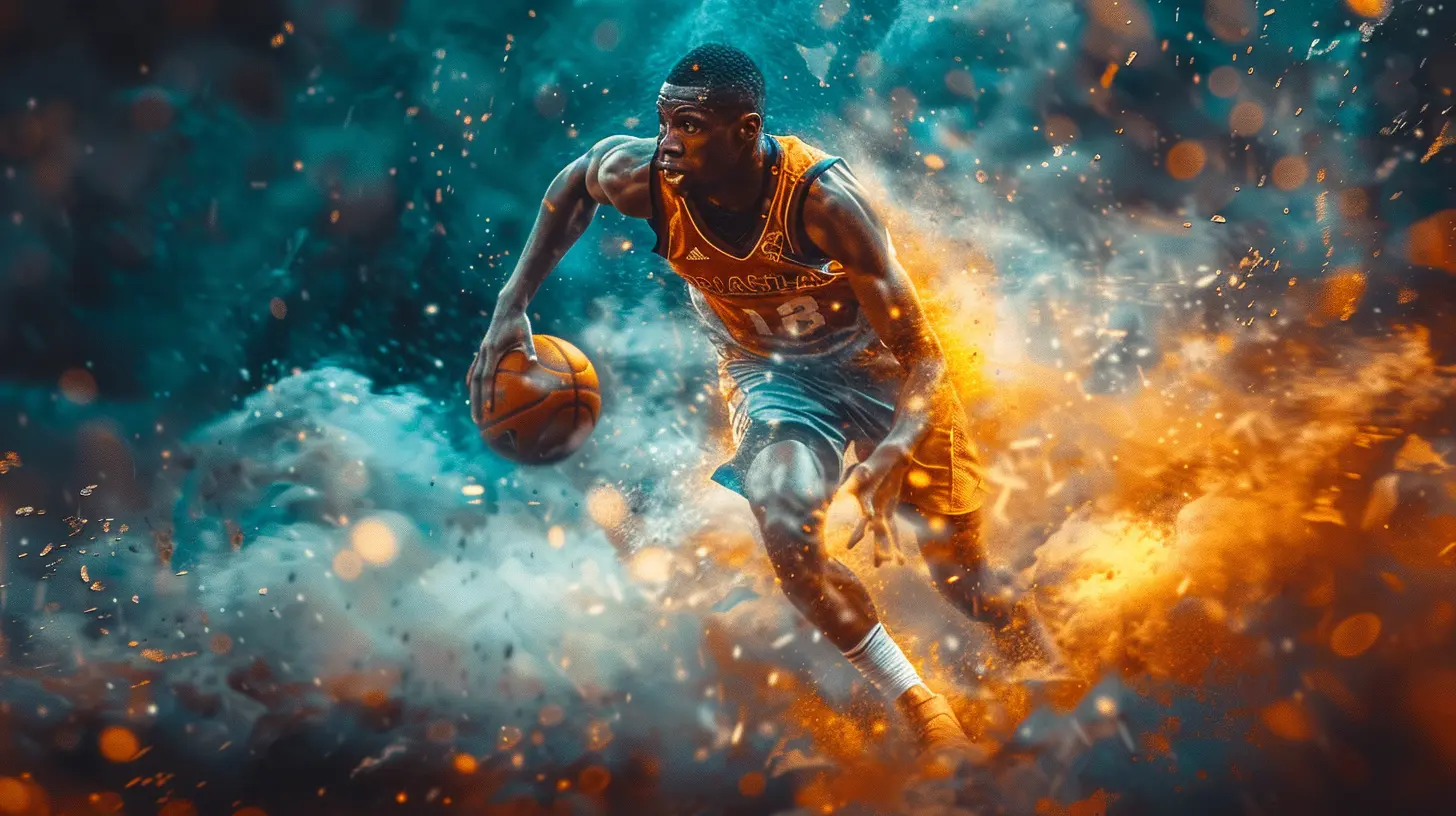
The Emotional Toll of Losing a Fan Favorite
Sports are more than just games—they're personal. Fans develop deep connections with players, whether it’s through their incredible performances, off-the-field charisma, or simply the way they embrace the city they represent. When a beloved athlete is traded, it stings.Think about the heartbreak when Derek Jeter (thankfully, he never left the Yankees), Kobe Bryant (a lifelong Laker), or Tom Brady (until he headed to Tampa) could have been forced out of their franchises. Now, remember when LeBron left Cleveland the first time? The city felt betrayed, even though he wasn’t traded.
But when front offices facilitate these moves, it feels even more gut-wrenching. Why? Because fans have zero control over the decision. It’s like watching your best friend move away without ever getting a chance to say goodbye.
The Jersey Curse
One of the biggest dilemmas fans face after a trade is what to do with their beloved jerseys. You shelled out $100+ for that custom-stitched gem, only to see your favorite player suit up for another team weeks later. Do you keep wearing it in solidarity? Burn it in frustration? Or shove it into the back of your closet, hoping somehow, someway, they return?The "jersey curse" is real, and every sports fan has felt it. Some even refuse to buy jerseys with current players' names for fear they'll soon be gone.
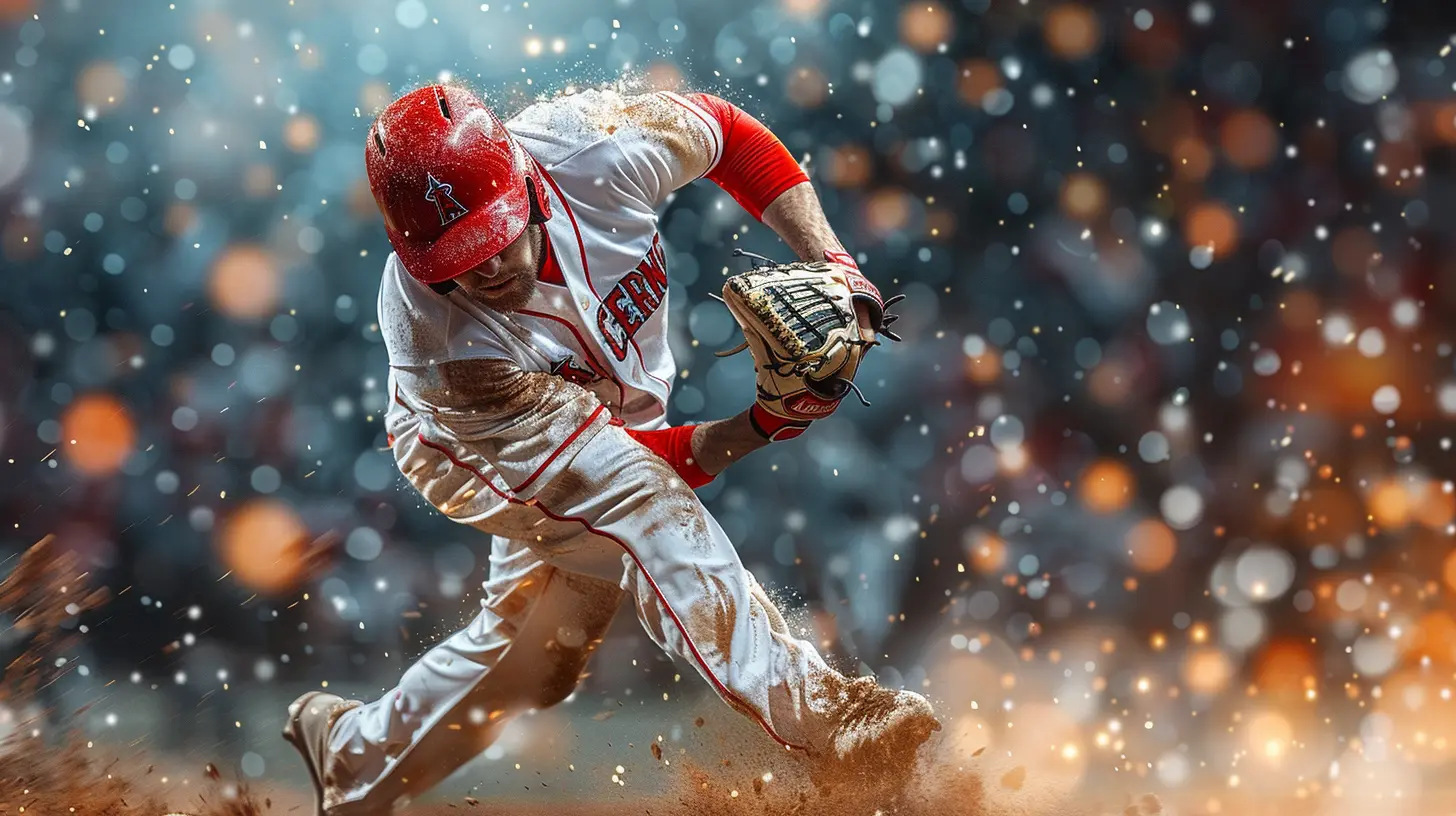
Why Do Teams Trade Fan Favorites?
If fans had their way, beloved players would stay with their teams forever. But front offices don’t operate with sentimentality; they operate with strategy and leverage.1. Salary Cap and Money Moves
Sports franchises are businesses, first and foremost. Contracts are massive, and when a player demands a lucrative extension, teams sometimes have to make harsh financial decisions. If keeping one player means sacrificing roster depth, GMs will often opt for long-term sustainability over short-term popularity.Take Russell Westbrook, for example. Oklahoma City loved him, but his massive contract made it nearly impossible for the Thunder to stay competitive. The end result? A blockbuster trade, breaking fans' hearts in the process.
2. Rebuilding and Youth Development
Sometimes, an aging star isn’t in the team’s long-term plans. If a franchise is entering a rebuild, they might trade a fan favorite for younger, cheaper talent and draft picks.This happened with Kevin Garnett and Paul Pierce when the Boston Celtics shipped them to Brooklyn in 2013. The move was painful for fans, but it ultimately set the stage for the Celtics’ future success.
3. Locker Room Issues and Chemistry Conflicts
Not all beloved athletes are perfect teammates. If behind-the-scenes drama is bringing down morale, franchises may decide to sever ties, no matter how much fans adore them.The Jimmy Butler situation with the Timberwolves is a prime example. While fans admired his toughness, his clashes with young teammates forced Minnesota’s hand.
4. Championship Windows and Win-Now Mentality
If a team sees a championship opportunity but needs a missing piece, even a fan favorite can be expendable.Consider the Toronto Raptors trading DeMar DeRozan for Kawhi Leonard. DeRozan was a homegrown superstar, loved by the city, but Kawhi brought them a championship within a year. A brutal break-up, but ultimately worth the pain for that elusive ring.
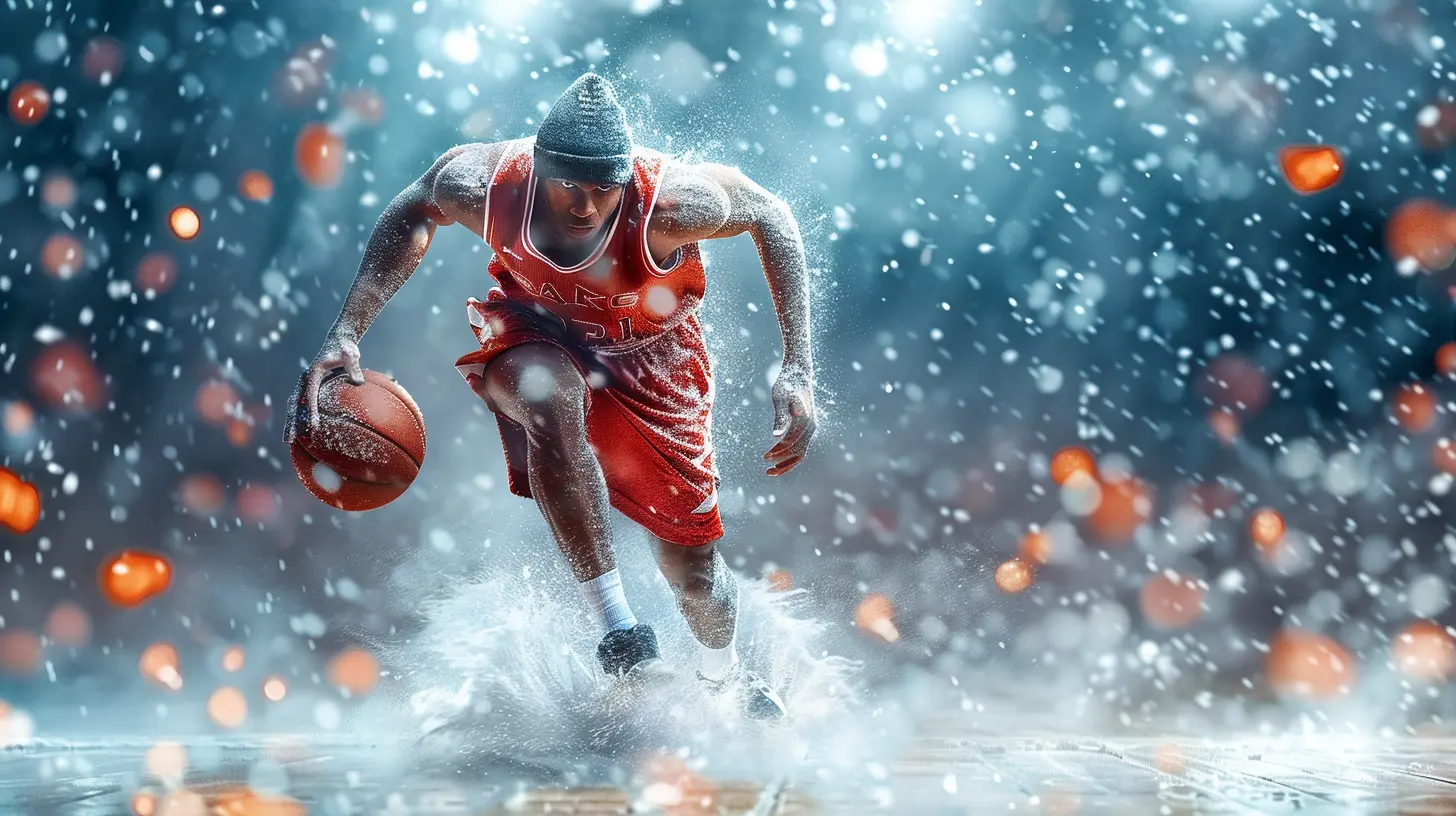
The Psychological Impact on Players
Fans aren’t the only ones feeling the sting of a trade—players do too. Many athletes build their lives around the city they represent. Their families, friendships, and routines all revolve around their team’s location. When they're suddenly dealt elsewhere, it throws everything into chaos.1. The Personal Side of the Business
Professional athletes often say, “It’s a business,” but that doesn’t mean the emotional toll is any less severe. Being abruptly forced to move states (or even countries) within days is an overwhelming reality.Isaiah Thomas went through this in 2017 when the Boston Celtics traded him after he gave everything to the franchise—even playing through personal tragedy. He was devastated, and fans rallied around him in support.
2. Adapting to a New Team and System
Not every player thrives after a trade. Adjusting to a different playstyle, coaching philosophy, and teammates takes time. What worked in one franchise might not translate elsewhere.Take Carmelo Anthony—his time with the Knicks made him a New York icon. But when he was traded, he struggled to find the same rhythm with new teams, bouncing around before finally reviving his career in Portland.
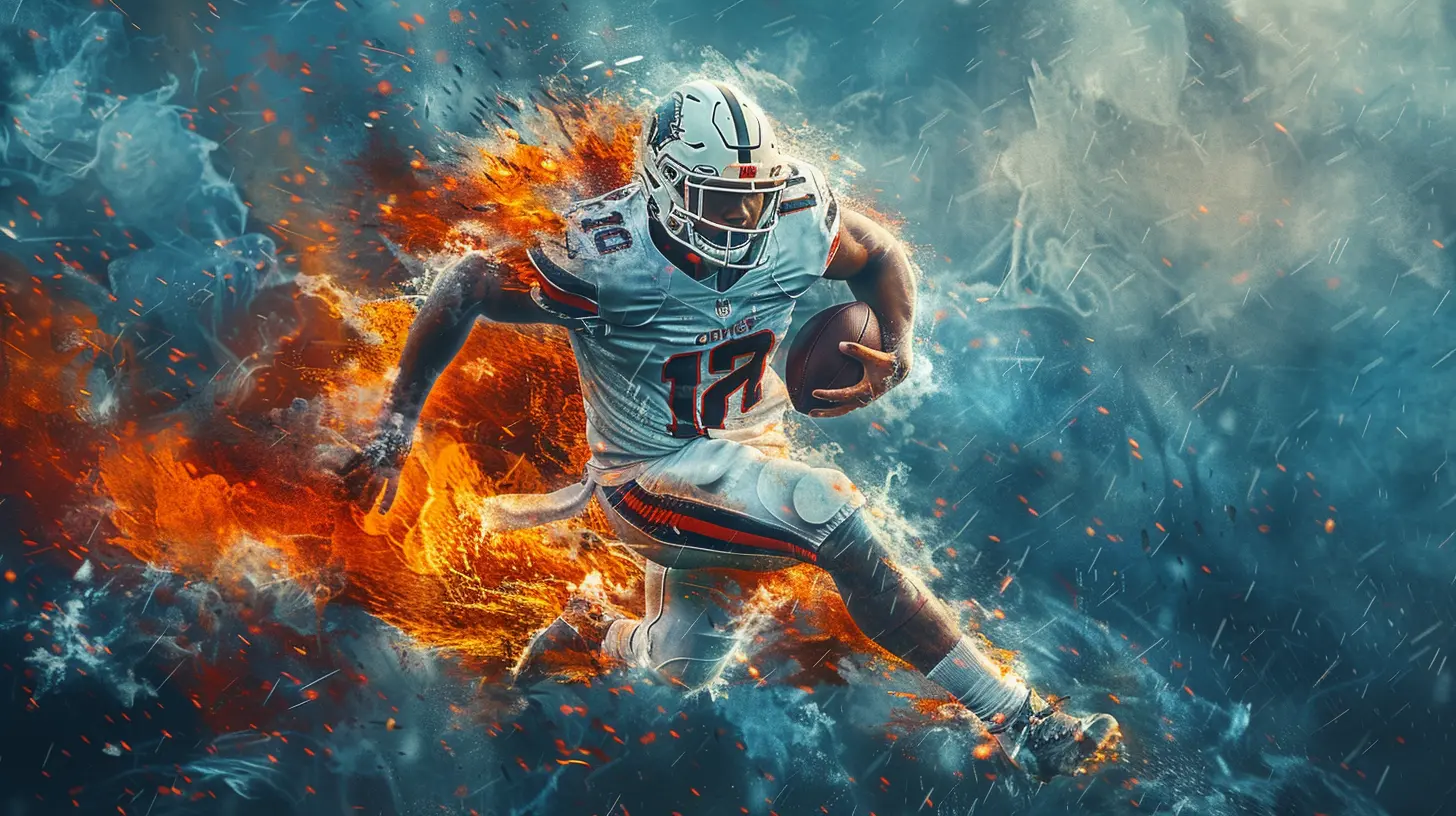
How Fans Cope With the Heartbreak
There’s no sugarcoating it—losing a favorite player is painful. But over time, fans go through their own version of the grieving process.1. Denial: "This Can’t Be Real!"
The first reaction is disbelief. “No way they traded him.” Fans refresh social media, hoping for some clarification or a reversal.2. Anger: "What Was the Front Office Thinking?!"
Next comes the outrage. Fans storm Twitter, calling for GMs to be fired while venting to anyone who will listen. Some even declare they’re done with the team forever (only to be back by opening night).3. Bargaining: "Maybe They’ll Come Back One Day?"
Once the shock wears off, fans start dreaming of a homecoming. “Maybe he’ll re-sign when his contract is up?” “What if we trade back for him next season?”4. Depression: "This Just Doesn’t Feel the Same"
Watching games without that beloved player feels... empty. The excitement isn’t the same, and seeing them excel elsewhere is like seeing an ex happy in a new relationship.5. Acceptance: "Okay… Maybe This Was for the Best"
Over time, fans come around. If the team starts winning, the move suddenly makes sense. Or, they keep tabs on their former star and root for them from afar. Either way, life (and sports) moves on.When Trades Come Full Circle
Sometimes, the story doesn’t end with a one-way departure. Some franchises find a way to bring back former stars, creating emotional reunions that feel like a full-circle moment.LeBron James returned to Cleveland and won them a championship. Dwyane Wade had a Miami homecoming after brief stints with Chicago and Cleveland. Even Allen Iverson, after a turbulent journey, found his way back to the 76ers before retiring.
These moments remind us that while trades can be painful, they’re not always permanent goodbyes.
Conclusion
Trades shake up the sports world, sending shockwaves through teams, cities, and fanbases. While they often make strategic sense, they leave an undeniable emotional void. Fans will always feel the sting of seeing a beloved player suit up for another team, but in the end, they adapt, just like the athletes do.Because in sports, as in life, change is the only constant.
all images in this post were generated using AI tools
Category:
Player TradesAuthor:

Easton Simmons
Discussion
rate this article
1 comments
Maren Ruiz
Trade decisions can reshape teams dramatically; fans must adapt and support new directions.
July 21, 2025 at 2:25 AM

Easton Simmons
Absolutely! Trades can redefine a team's identity, and as fans, embracing these changes is essential for supporting the team's new journey.
